
When we think of Old Hollywood, we picture the golden age of cinema, with that glamor and those unforgettable stars who defined it all. But what if I told you that beneath the carefully curated image of sophistication were some true oddballs? These 20 weirdly fascinating details reveal a more playful side of the stars you thought you knew.
Cary Grant Traded Monogrammed Gifts With Clark Gable
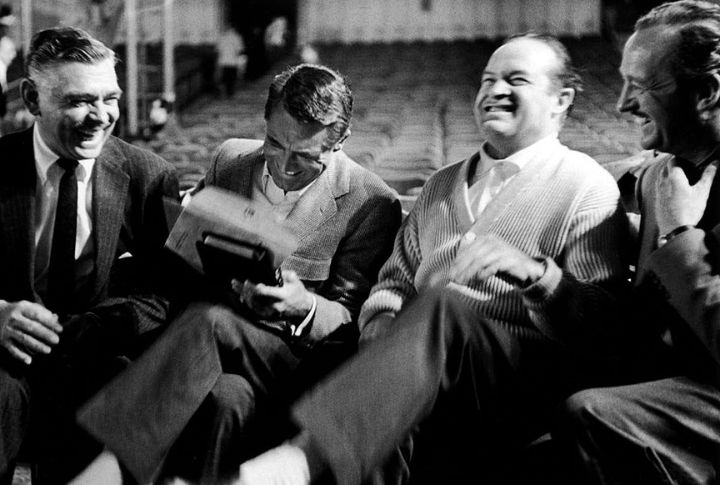
Cary Grant had a holiday habit you wouldn’t expect from a screen legend. Each Christmas, he’d phone Clark Gable and ask, “Did you get any monogrammed gifts you don’t want?” If Gable had extras, they’d meet and swap. This charming tradition was shared by Roderick Mann, a late entertainment journalist.
Marlene Dietrich Traveled With Her Own Lighting Technician
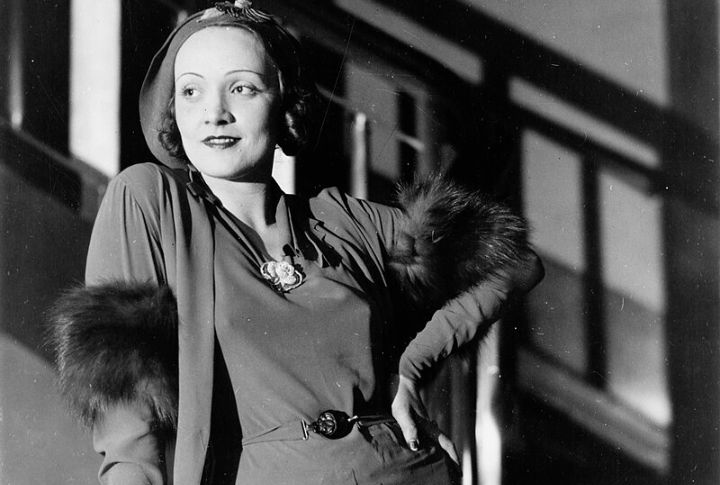
Flattering light was non-negotiable for Marlene Dietrich. She hired her own lighting expert to follow her everywhere, from film sets to live shows. With bulbs, reflectors, and absolute control, she lit herself like a masterpiece. For example, Josef von Sternberg’s lighting in “Shanghai Express” (1932).
Joan Crawford Cut Her Ex-Husband Out Of All Her Films
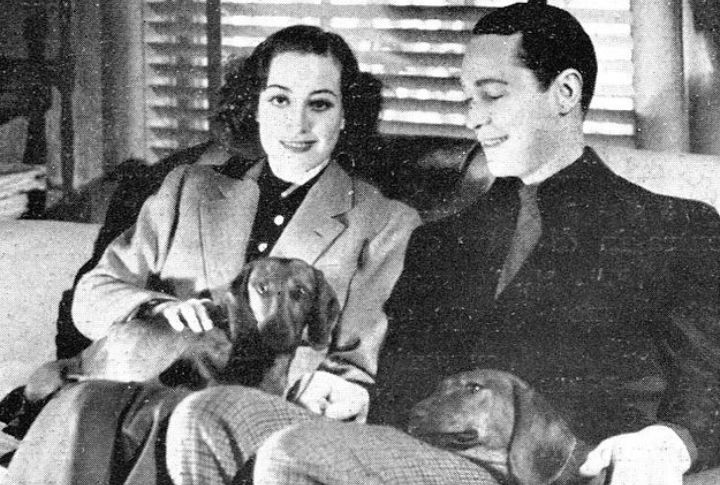
You wouldn’t guess it from the polished screen image, but Joan Crawford had a razor-sharp memory and little patience for exes. After splitting from Franchot Tone, she demanded that studios trim his scenes from re-releases of her old movies. Her influence over film edits showed just how personal some of Hollywood’s behind-the-scenes decisions were.
Alfred Hitchcock Used A Fake Baby On Set, And It Worked
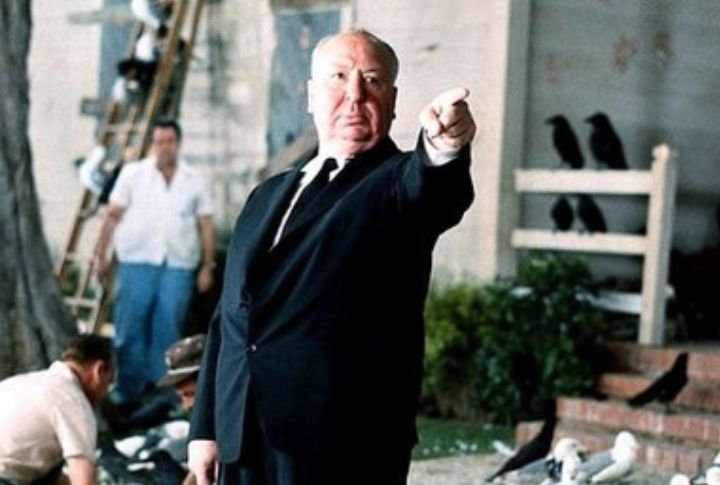
During “The Birds” (1963), Alfred Hitchcock used a clearly fake baby doll in one scene. No one seemed to notice—not the audience, not even the crew. His dry humor, but most importantly, his need to stay on schedule, made it work. And somehow, the plastic prop made it to the final cut.
Elizabeth Taylor’s Mesmerizing Double Row Of Eyelashes
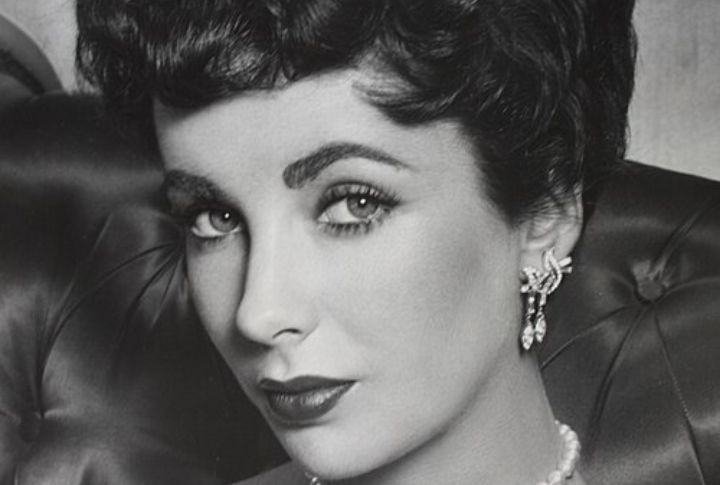
Elizabeth Taylor’s hypnotic violet eyes were genetically unique. She had distichiasis, a rare mutation that gifted her two rows of eyelashes. This natural enhancement gave her an effortlessly glamorous look, making close-ups unforgettable. Though it caused mild irritation, it certainly added to her iconic beauty.
Bette Davis Had Her Own Coke Machine Stocked With Booze
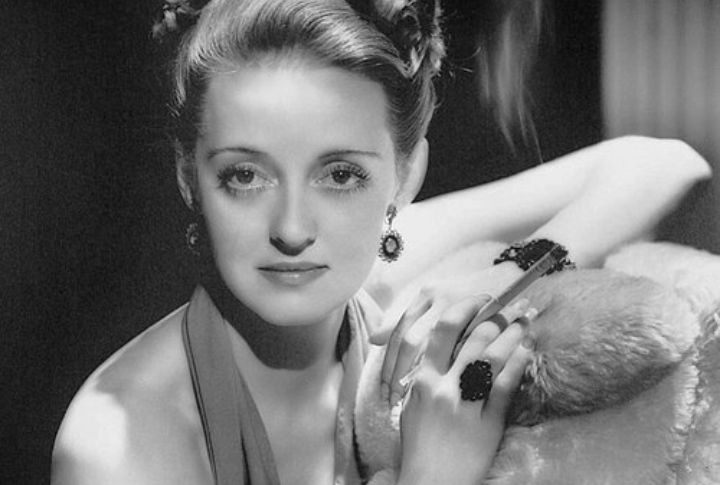
Bette Davis had her Coca-Cola machine rewired to pour out mini bottles of whiskey. It stood proudly on the Warner Bros. lot, quietly breaking all the rules. The machine wasn’t about indulgence but about control, and like much of her career, it reflected her refusal to follow the usual rules.
Jimmy Stewart’s Voice Was Almost Too Odd For Hollywood
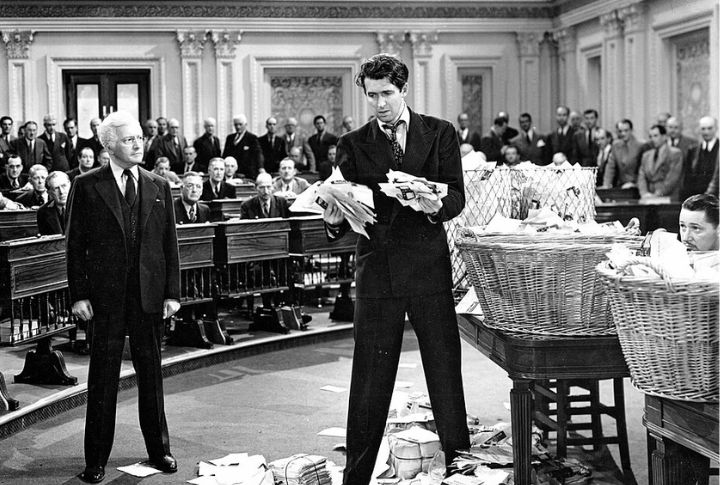
Back in 1935, studios hesitated to cast Jimmy Stewart because of his slow, stammering speech. One executive called it offbeat and distracting. But it was that very voice—hesitant, homespun, instantly recognizable—that made him a star. It became his trademark, adding authenticity to roles like “Mr. Smith Goes to Washington” (1939).
Welles Claimed He Wrote Part Of “Citizen Kane” During A Single Drunken Night
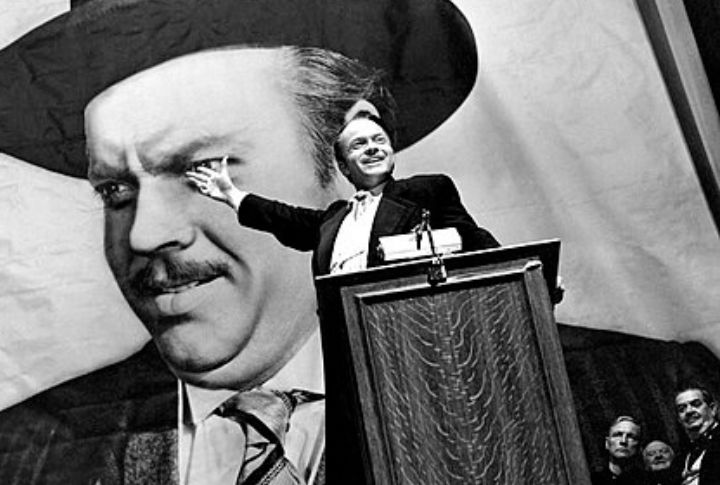
During one interview, Welles quipped that he’d written a third of “Citizen Kane” while drinking all night. Whether fact or bravado, the tale stuck. Welles liked to mythologize his process, but “Citizen Kane” was shaped through months of collaboration with Herman J. Mankiewicz, not just a single night of inspiration.
Audrey Hepburn Kept A Pet Deer
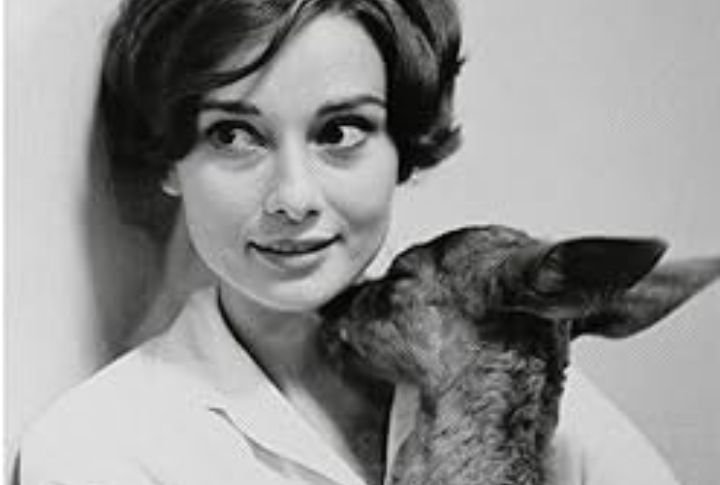
Audrey Hepburn’s pet deer, Ip, became her constant companion while filming “Green Mansions” (1959). An animal trainer suggested she bond with the fawn, leading Hepburn to take Ip home. Soon, the deer followed her everywhere, even cuddling on the sofa—a heartwarming friendship that remains one of Hollywood’s sweetest stories.
Howard Hughes Once Designed A Bra Using Engineering Blueprints
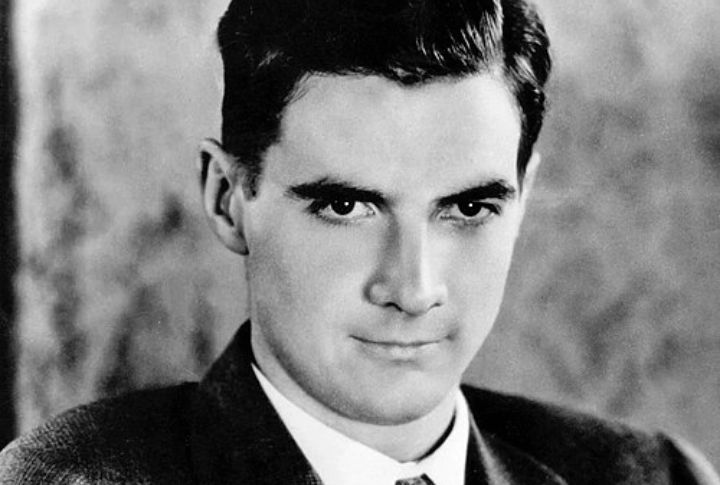
Howard Hughes applied his engineering background to design a bra for Jane Russell during the filming of “The Outlaw” (1943). Using drafting tools and aviation principles, he created a seamless design. Although Russell never wore it, the attempt to make a bra for a movie is unlike anything we’ve seen before.
Errol Flynn Tried To Start His Own Private Island Nation
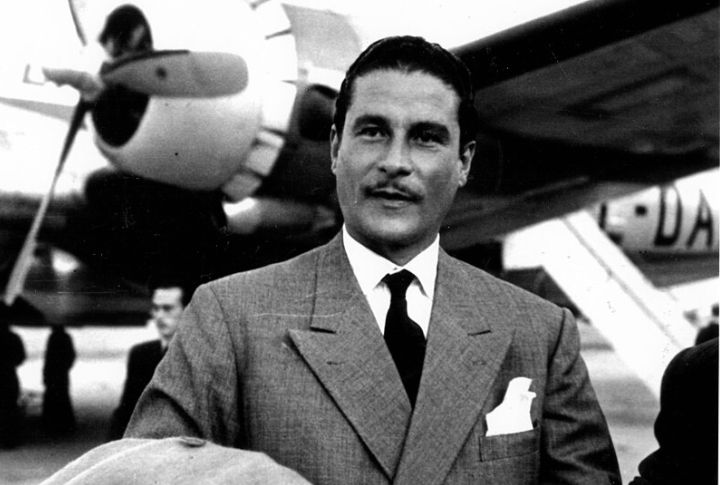
The swashbuckling star didn’t just play pirates—he nearly became one. In the late 1940s, Flynn explored buying an island in the Caribbean to establish a micronation. The plan never materialized, but it captured the kind of bold ambition that the “Robbin Hood” actor was known for.
Charlie Chaplin Entered A Chaplin Look-Alike Contest And Lost
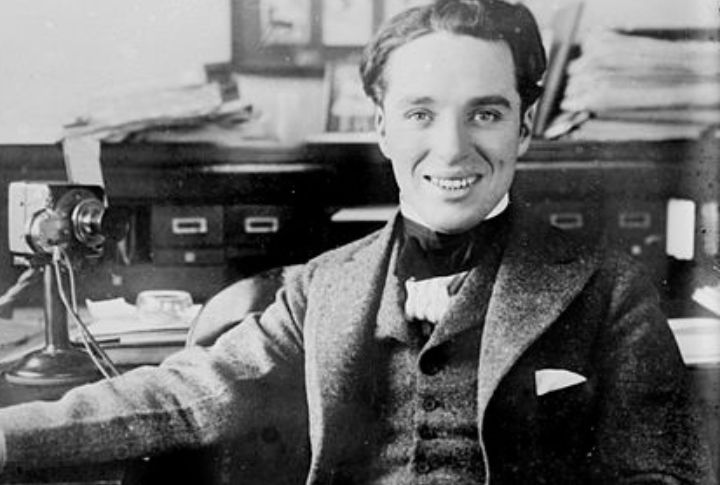
Charlie Chaplin reportedly entered a look-alike contest at Grauman’s Chinese Theatre in the 1910s. Without revealing his identity, he competed but failed to win. Before Chaplin Jr. revealed the truth, the rumor went around that he came in 20th place. But he came 3rd, and apparently, the judges claimed he didn’t resemble himself enough.
Alfred Hitchcock Was Terrified Of Eggs
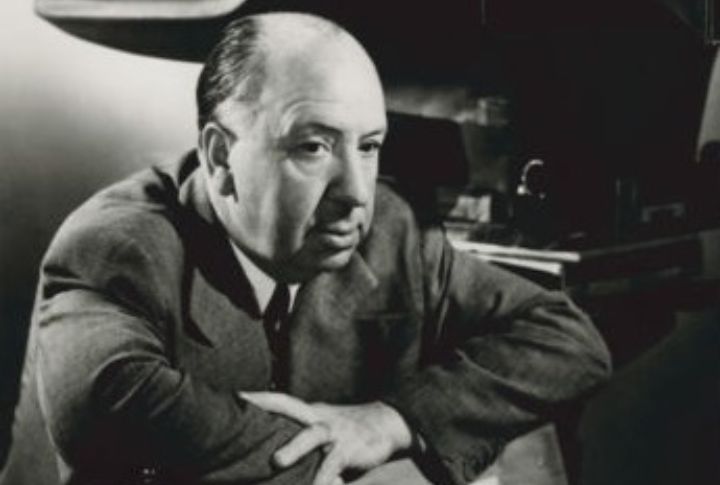
Few things unsettled Alfred Hitchcock more than an egg. He once said the sight of a runny yolk was more revolting than blood. Despite crafting some of cinema’s darkest thrills, he couldn’t stand the idea of cracking one open. Imagine being the director of a movie like “Psycho” and thinking of breakfast as the real horror show.
Fred Astaire’s Feet Were Insured For A Staggering Amount
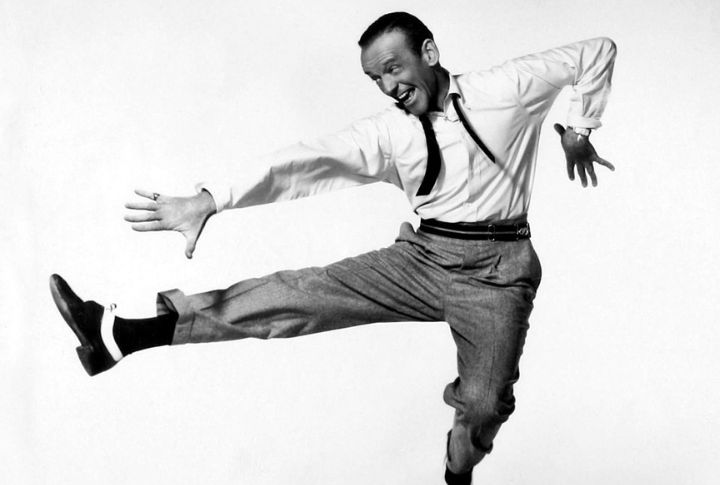
Fred Astaire’s career spanned over 75 years as a performer. In the 1940s, insurers valued Fred Astaire’s feet at $75,000—a massive sum then. Why? Because those feet filled theaters, and studio executives weren’t about to risk a sprain or a stubbed toe. It was a practical safeguard for one of Hollywood’s most valuable performers.
Mae West Didn’t Trust Anyone Else To Write Her Best Lines
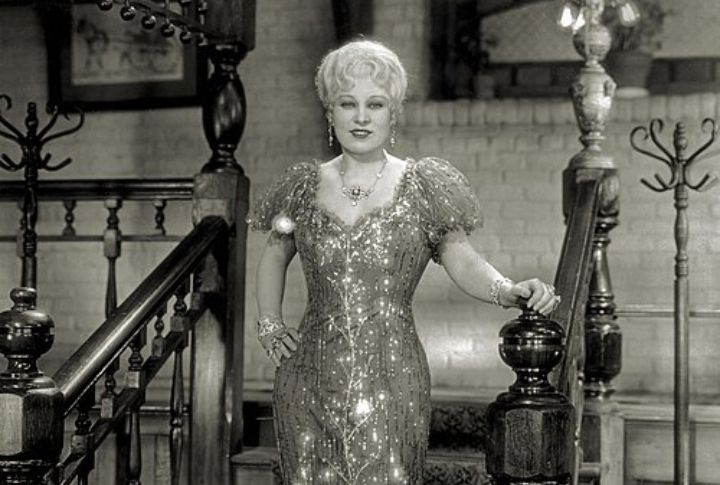
Mae West never shied away from controversy or sharp wit. Rather than rely on studio writers, she crafted her own dialogue, which made her unforgettable. In “She Done Him Wrong” and “I’m No Angel,” her quips made censors uneasy but kept audiences roaring with laughter.
Marlon Brando Used Cue Cards Instead Of Memorizing Lines

Marlon Brando often relied on cue cards, particularly in “The Godfather” (1972), where lines were hidden on props or taped to co-stars like Robert Duvall. He believed this technique made his performances more natural, though it might’ve frustrated directors who preferred traditional memorization.
W.C. Fields Feared Bank Tellers And Never Used Banks
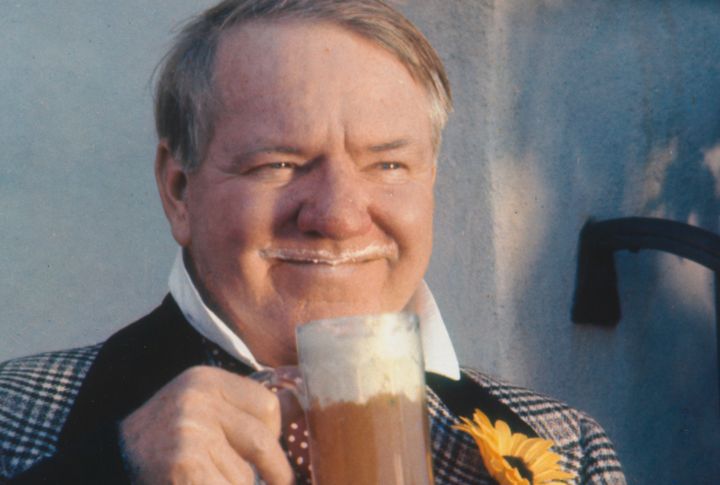
Trust issues ran deep with W.C. Fields. He hated banks so much that he stuffed his cash into cigar boxes, fake books, and under floorboards. His money lived in plain sight as he placed more faith in everyday hiding places than in steel and institutions.
Frank Sinatra Trained To Be A Radio Repairman
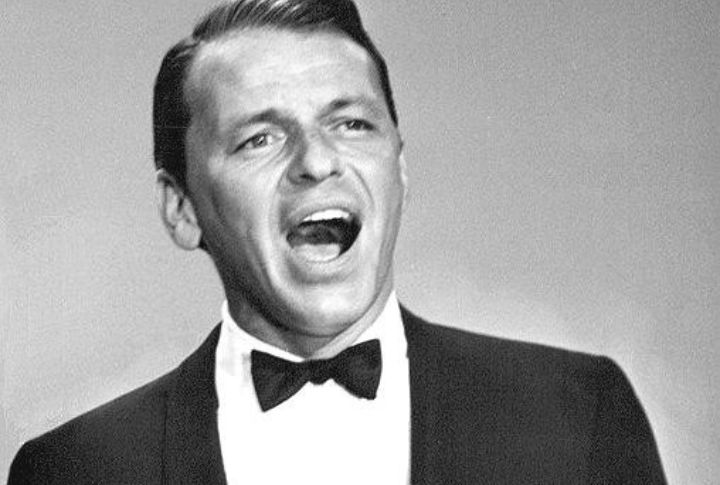
Before fame, Sinatra studied to become a radio technician. In high school, he took courses in electrical work, prepping for a future behind the dial, not behind a mic. But that path quickly changed when his voice drew attention. Lucky for music history, he followed the signal to the stage.
Marilyn Monroe’s Favorite Hobby Was Reading Philosophy
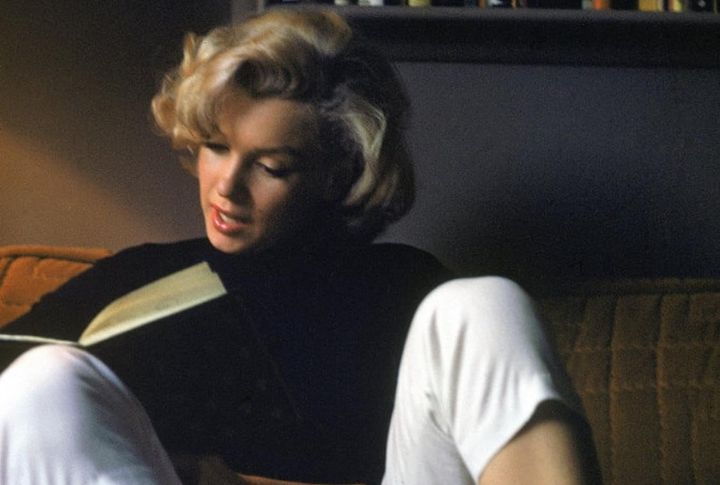
Behind the platinum curls and flirty persona, Marilyn Monroe devoured philosophy books. Nietzsche, Freud, Hemingway, and Dostoyevsky filled her shelves. She even took night classes at UCLA. The contrast between her image and intellect was stark and far more fascinating than gossip ever gave her credit for.
Hedy Lamarr Invented A Secret Communications System While Bored At Parties
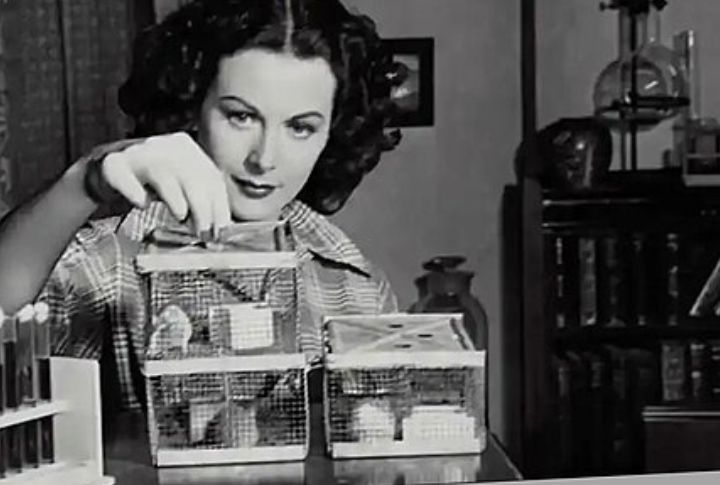
Bored of cocktail chatter, Hedy Lamarr and composer George Antheil brainstormed secure military tech during WWII. The result? Frequency hopping, a system that prevents signal jamming. It was patented in 1942, and today, it is the foundation for tech like Wi-Fi and Bluetooth.
James Dean Carried Around A Funeral Card With His Name On It
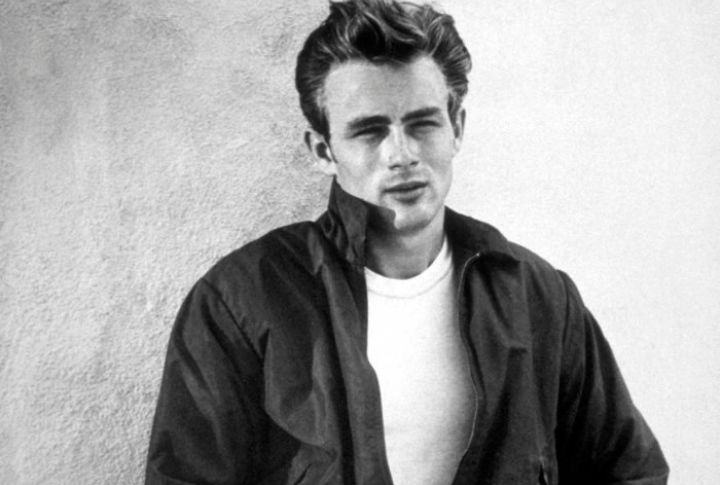
A year before his fatal crash, James Dean joked about death often. He reportedly carried a mock funeral card with his name printed on it, too. The card resembled those used in actual memorial services. Some friends found it funny, while others thought it was a morbid memento.

